How Trump’s Tariffs Disrupted the ‘Safe Harbor’ Bonds Market
The Unraveling of the ‘Safe Harbor’
In recent times, President Trump’s tariffs have sent shockwaves through the financial landscape, particularly impacting what’s known as the ‘safe harbor’ bonds market. But what exactly does this mean for investors and the wider economy? Let’s dive into the complexities of this disruption.
A Chaotic Week in Bond Markets
Ayesha Rascoe of NPR engages in a riveting discussion with Andrew Ackerman from The Washington Post, where they dissect the tumultuous week experienced in the U.S. bond market. With industries bracing for tariffs impacting everything from metals to agricultural products, the bond market often serves as a bellwether for economic stability.
Understanding Safe Harbor Bonds
To grasp the full impact of these tariffs, it’s essential to understand what ‘safe harbor’ bonds are. At their core, safe harbor bonds are financial instruments that offer lower risk and a certain degree of protection for investors. Generally, they provide a steady income stream, making them a favored choice during economic uncertainty. However, recent tariff announcements have sparked volatility—a stark departure from their traditionally stable narrative.
Tariffs and Market Reaction
The imposition of tariffs not only raised concerns about inflation but also transformed investor behavior. Uncertainty breeds hesitance, prompting investors to reconsider their strategies. As tariffs drive up production costs and threaten corporate profits, bond yields reacted accordingly—rising and falling in a see-saw fashion as investors reassessed their positions.
The Ripple Effect on Investors
As tariffs disrupt market equilibrium, smaller investors find themselves caught in a precarious position. The once reliable safe harbor bonds are now subject to the whims of unpredictable tariff policies. Investors seeking tranquility in their portfolios are forced to navigate an increasingly turbulent landscape, raising questions about the long-term viability of relying heavily on bonds.
What Lies Ahead?
So, what does this mean for the future of the bonds market? As Ackerman articulated in his conversation with Rascoe, the uncertainties surrounding trade and economic policies will likely continue to sow discord. The bond market, a cornerstone of financial stability, now faces an existential challenge, leading to broader implications for both investment strategies and economic outcomes.
Navigating New Waters
For investors, adapting to this new environment is crucial. Strategies that once emphasized stability may need reevaluation as the tariff-induced volatility alters the investment landscape. This begs the question: Can safe harbor bonds reclaim their stronghold, or is a new financial narrative unfolding before our eyes?
Conclusion: The Future of Safe Harbor Bonds
In conclusion, the discussion between NPR’s Ayesha Rascoe and Andrew Ackerman sheds light on the often-overlooked dynamics of the U.S. bond market amid President Trump’s tariff policies. As uncertainties loom, investors must remain vigilant and adaptable. Ultimately, whether these safe harbor bonds can weather the storm of tariffs remains to be seen.
For a deeper understanding of how tariffs influence broader economic trends, check out this analysis on their implications.
This situation serves as a reminder that in the world of finance, change is the only constant—and only those who adapt will thrive in the future.






